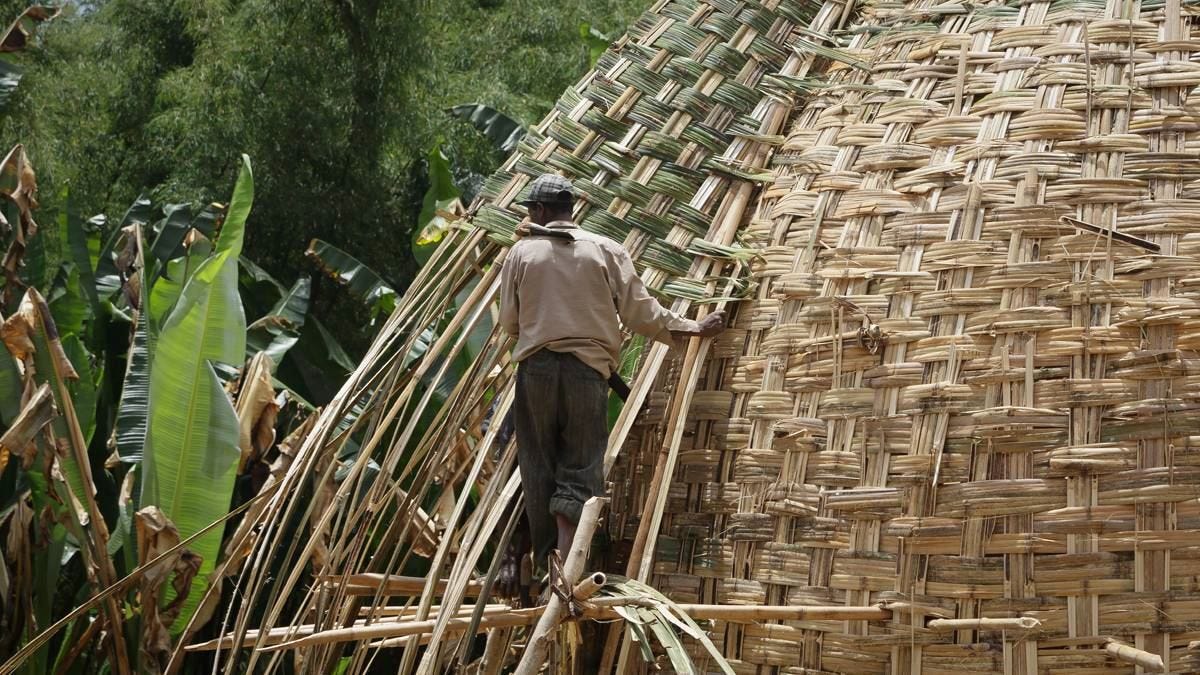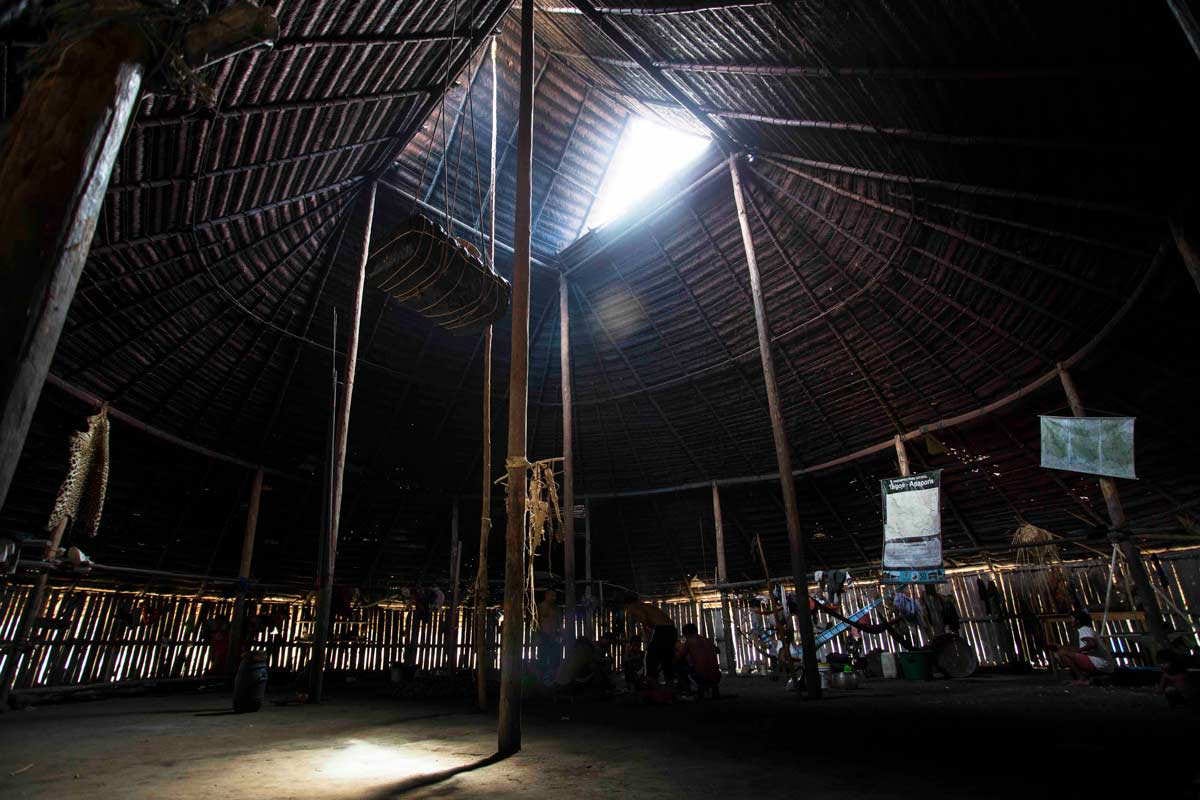Three houses* to enjoy
*it is actually about vernacular architecture but that title was too long
I’ve always been curious about the origins of architecture, and since I started doing ceramics and textiles, my interest grew and I went looking for architectural references using mud and weaving, that led me to a rabbit hole of vernacular architecture. I’m fascinated by the use of local materials that are easily available for everyone and building techniques taught from generation to generation. Some of them have similar shapes but different techniques; or similar techniques but formally distinct. Makes me reflect on the nature of solving design problems and how is it possible to switch techniques to get a different result or achieve a similar end result by taking different routes. Anyway, here are some of my favorites:
1. Sukhala, Burkina Faso
These houses are build with mud, straw, sticks and clay. The scale reflects a deep connection to the human size, and the smaller doors serve a functional feature of keep the intruders and the sun out. Paintings are made with dirt, chalk, clay and lacquer on top made from a local plant, they symbolize their beliefs and tell stories about their history and legends. The arrangement of the buildings around an organic middle space is fascinating, here’s a drone video showing both the placements of each building but also the contrast between houses with circular intersecting shapes and the more “traditional” to us square shapes.
2. Dorze Huts, Southern Ethiopia
Weaving at this scale is a huge accomplishment, not only the materials need to be carefully chosen but it also requires a lot of strength and special techniques to get it done. They can be 12 meters tall and even feature openings on their sides for ventilation, small foyers right outside and multiple layers of weaving. Check this video for a more detailed look at the scale and process.
3. Maloca, Colombia, Brasil, Perú, Venezuela, Ecuador and Bolivia
Malocas are impressive in size, functionality and meaning, featuring also more than one type of construction in order to whithstand the humidity of the amazon rainforest. They serve as a device to track time daily and over seasons, the main roof opening let’s the sun in and converts the space into a solar clock, and with deep symbolism behind the main structure, this communal spaces for daily activities and special rituals are a clever way of using architecture for material and spiritual functionality. Here’s a video and an article if you want to know more.
If you know of any type of vernacular architecture featuring clay or weaving, I’d love to see them, feel free to comment and leave your recs.
Thank you for reading!








